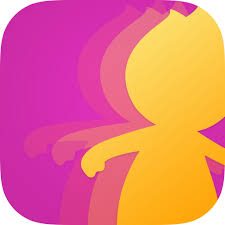Welcome to the final post in my Digital Technologies reflection blog. What a journey it has been, I hope you have stuck around for it all. If you have made it to this final point, then I commend you. These past 10 weeks have been filled with joy, laughter and frustration but most importantly I have learned from it all.
This post will recap everything I have learned across the Digital Technologies module. Everything that has gone well and everything that I have struggled with. This post will show the progress I have made using certain resources and how I have learned to use most applications for the first time.
So, what have I learned? What went well and not so well for me? How can I develop my new skills to use them in a classroom? And what valuable knowledge have I gained from studying this module? As ever all questions and more shall be answered throughout the post.


In the modern world digital technologies are becoming an ever-increasing part of life and therefor an ever-increasing part of education. As technologies develop so too does the digital learning requirements of children. Almost all children in the western world can be regarded as digital natives as they are all being born into a world of technology. These technologies are in constant development becoming more sophisticated and more complex in the process.


As educators it can be seen as out duty to lay the foundations for young learners to understand the technological world we live in. However, there are educators who are “digital immigrants” and don’t fully understand how some technology can be used and it is therefore not used to its full potential. Is it anybody’s fault that not all educators are able to use modern digital technologies to their full potential? Not necessarily, we must educate our educators to also understand the ever–developing digital world around them. It would be common sense to state that in order to teach a subject successfully, an educator must first have an understanding of said subject themselves.

Throughout the digital technologies module, I have been educated to have an understanding of a variety of modern digital technologies and how these technologies can be used to enhance the learning within the classroom. The technologies I have learned about have been, programmable toys, e-books, qr codes, multimodal texts, movie making, animation, coding and games–based learning. All of the skills I have learned can be developed into useful classroom activities, and the skills I pass on to learners can set them on a path to a future in developing modern technology further.


This module has come with its joys, successes and frustrations. I have experienced anxieties in using some technologies due to my personal lack of access to these platforms outwith the university. I can also respect that in a classroom situation there are likely to be learners who have the same anxieties as I did because maybe they don’t own an iPad or don’t know ow to use a mac because they have only ever used a windows computer. As an educator I must ensure that these learners are supported properly and ensure that they don’t feel any shame or embarrassment towards their situation, encouraging them to keep going.


Once again, as the development of technology develops, so too does the curriculum and so must the educators. I thank you for your continued following this blog, I sincerely hope you have enjoyed reading and learning from my personal experiences.
Signing off for the final time.




















